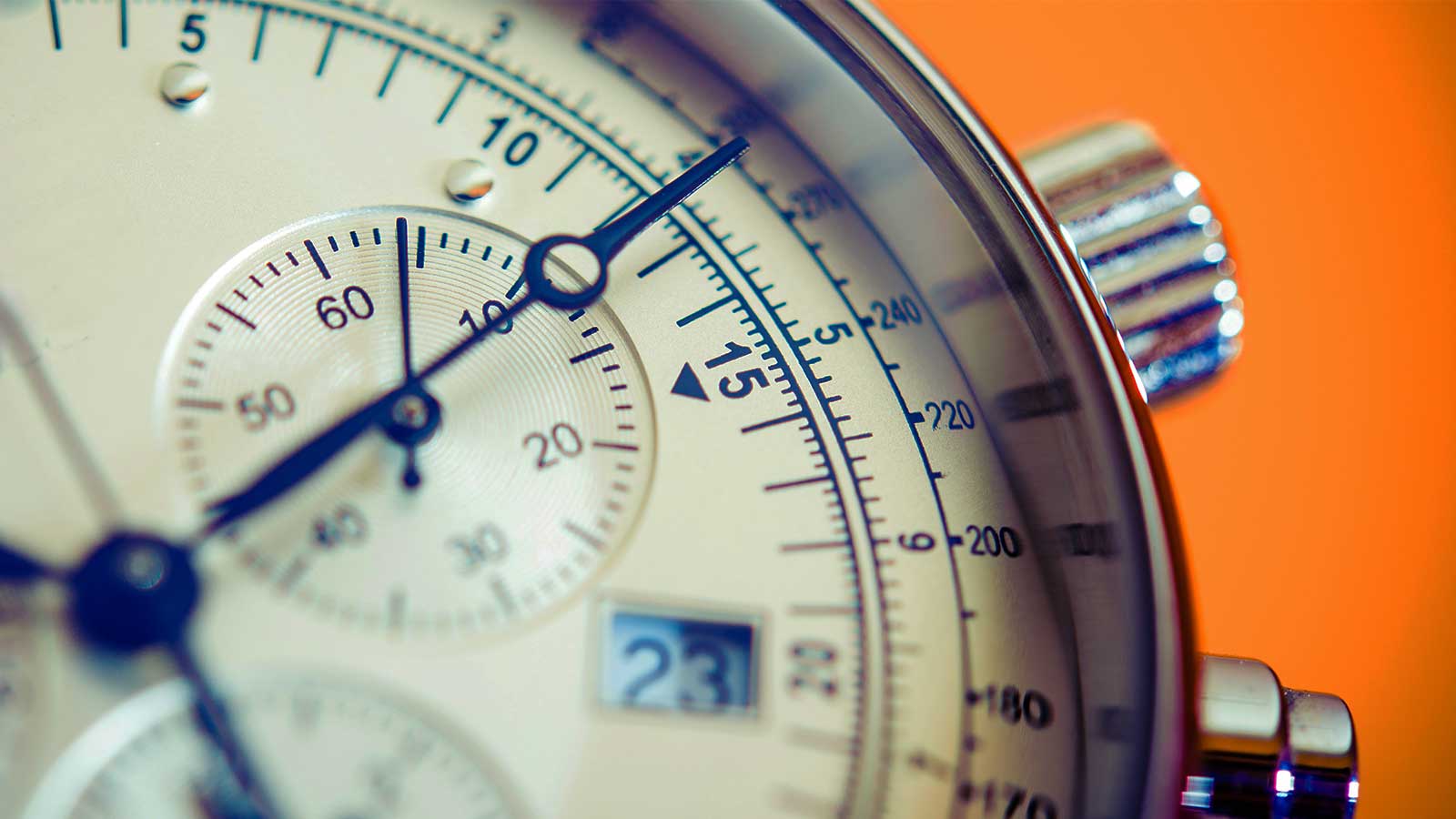
One of the major tasks for any business is keeping track of employee work hours and compensating all workers accurately. In the old days, timekeeping had to be done manually with physical punch cards and timesheets. Now, many of these manual operations are computerized. The manual methods still exist, but there are numerous advantages to using a computerized payroll system.
Manual Timekeeping Is Wasted Labor
A main problem with manual timekeeping is that it is tremendously labor intensive. From an employee’s punch card, the payroll manager has to add up the hours for the pay period, get the total, then enter that number into his spreadsheet to calculate pay. Not only that, but if there are any exceptions during the pay period, such as overtime, unpaid breaks, absences, etc., those have to be manually calculated by the payroll manager as well. Imagine having to do that for each hourly employee, every pay period. It can take up a big part of the payroll manager’s time.
With a computerized system, the employee clocks in and out on the authorized computer station. There is no punch card or timesheet to use. The system keeps track of the hours worked each day and can provide updated information on the total hours worked to date with just a click. It can even calculate the gross pay at the same time. Any exceptions like breaks and overtime can be entered and accounted for as well. This saves a great deal of payroll processing time every pay period.
Benefits To Employees And Bosses
There are benefits from the employee’s perspective as well. If an employee wishes to see their total hours worked for the pay period, they can log into his account and retrieve this information at any time. There is no need to contact the payroll manager for this information. This gives the employee more control over viewing their payroll information.
Eliminate Missing Timecards
Manual timecards and timesheets can be misplaced. If a punch card is missing, there is no way to recover that data. Also, the physical timecards or timesheets have to be submitted to the payroll manager on time. If the payroll manager does not receive them on time, payment for that employee, as well as the entire staff can be delayed.
Electronic Stored Data
A computerized system uses no physical timecards or timesheets. All information is stored on a secure server, and the data is routinely backed up. There is no risk of a loss in data. The payroll manager also does not have to rely on the receipt of all punch cards before processing payroll. That data is readily available and retrievable, whenever required.
Fix Human Error Easily
Manual systems are vulnerable to human errors. If a payroll clerk has to take information from punch cards and key in that information into a spreadsheet, typing errors can be made. If an employee is overpaid or underpaid because of errors, it will take more time and money to fix these errors, and can result in low morale.
Computerized Payroll System Accuracy
A computerized payroll system eliminates these types of manual errors. The time clocked in and out is directly fed into the software with no manual transferring of data. Time tracking software has been updated for today’s working conditions.
When payroll functions are computerized, accuracy and efficiency can be greatly improved. A company can save money and time in their payroll operations.





